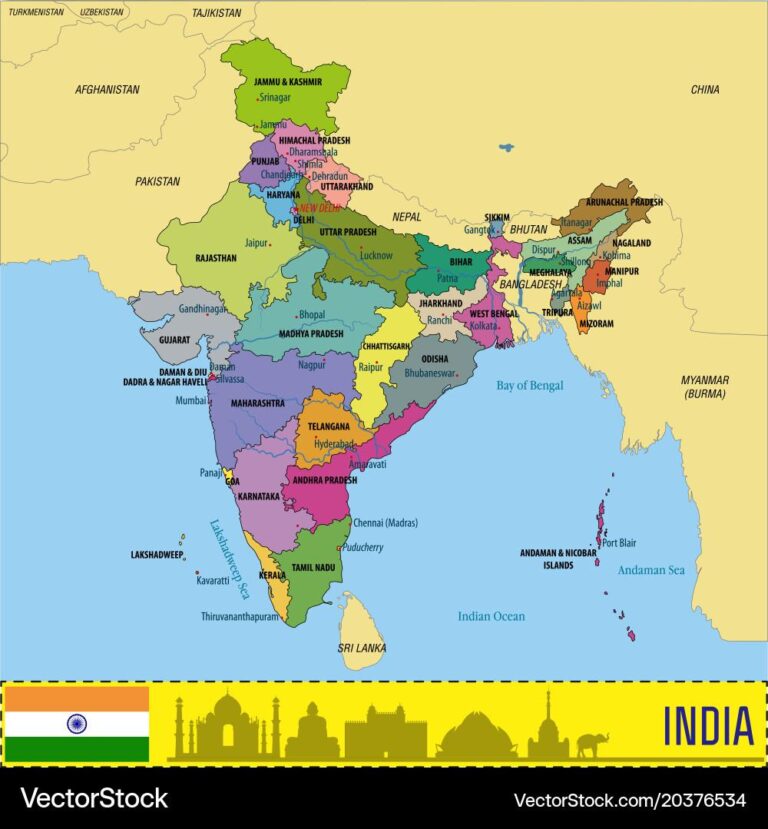India’s Economic growth: aiming to Surpass Japan by 2025
According to the International monetary fund (IMF), India is on track to become the fourth-largest economy globally, overtaking Japan by 2025. This anticipated transition highlights India’s remarkable growth trajectory and its expanding role in the international economic arena,driven by strong domestic demand,a dynamic services sector,and ongoing reforms designed to boost productivity. Despite facing challenges such as inflation and disruptions in global supply chains, India’s rise signifies not only its resilience but also notable transformations within its economy.This milestone represents a pivotal moment in the competitive landscape of major economies worldwide, with extensive implications for trade relations and investment strategies.
India Set to Overtake Japan in Economic Rankings by 2025
The IMF’s latest forecasts indicate that India is poised to claim the position of the world’s fourth-largest economy from Japan within just a few years. This shift underscores India’s rapid economic expansion fueled primarily by advancements in technology, increased foreign investments, and robust consumer spending. Several key elements are driving this upward trend:
- Impressive GDP Growth: India has consistently recorded GDP growth rates that exceed global averages due to its youthful population and an expanding middle class.
- Technological Innovations: The nation’s technology sector—especially software growth and IT services—continues to flourish while attracting multinational corporations.
- investment-Friendly Reforms: Government initiatives aimed at reforming business regulations have created a more favorable habitat for both domestic enterprises and foreign investors.
The approach towards achieving this economic landmark could enhance India’s geopolitical influence while solidifying its role in international trade networks. A comparative examination between India and Japan reveals notable differences in their economic frameworks and also their growth patterns. The following table presents essential metrics for comparison:
| Metric | India | Japan |
|---|---|---|
| Projected GDP (2025) | $5 Trillion | $4.9 Trillion |
| Total Population (2025) | 1.4 Billion | 125 Million |
| Average Growth Rate (2023-2025) | 6 . 5 % | 1 . 2 % Key Factors Behind India’s Economic Growth StrategiesThe emergence of India as a significant player on the global stage can be attributed to several critical factors reshaping its financial landscape. A combination of youthful demographics, an expanding middle class, and increasing urbanization is driving domestic consumption—a trend policymakers are eager to leverage further. Substantial investments across infrastructure sectors—including renewable energy sources like solar power—are enhancing efficiency while boosting competitiveness across various industries. A pivotal aspect contributing to this remarkable growth is government policy aimed at fostering foreign direct investment (FDI) alongside improving ease of doing business conditions within the country. Recent reforms include:
This strategic framework not only facilitates market entry for international companies but also empowers local businesses with opportunities for scaling operations effectively. Sustainable Development Recommendations Amidst Rapid Economic ExpansionIf India aims toward becoming the world’s fourth-largest economy by 2025 successfully, An enhancement plan focusing on urban development coupled with improved public transportation systems will be crucial Conclusion: Insights into India’s Future Economic ProspectsThe IMF’s forecast indicating that India is set surpass Japan as one of largest economies globally marks an important milestone within contemporary economics today! |




